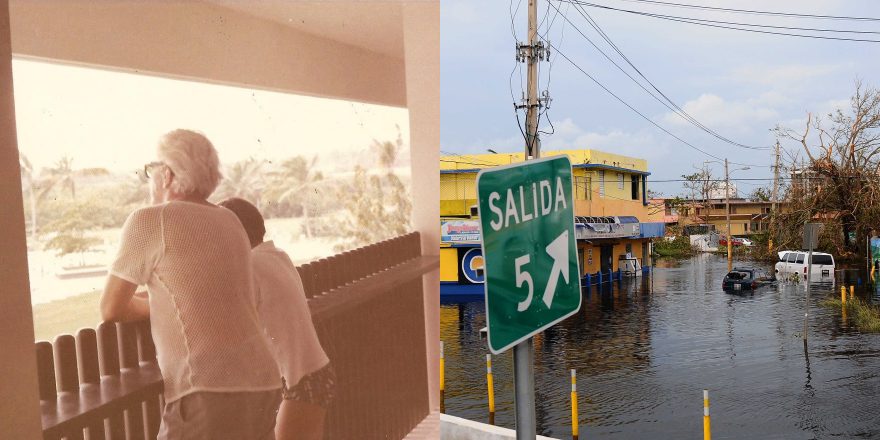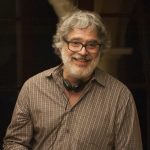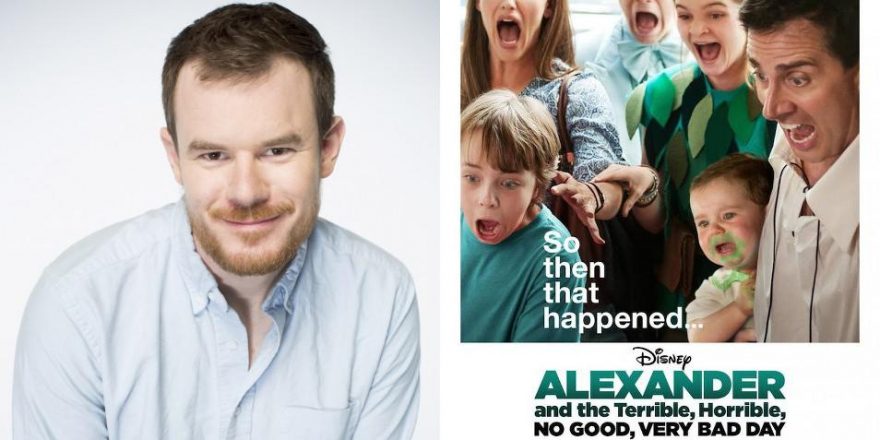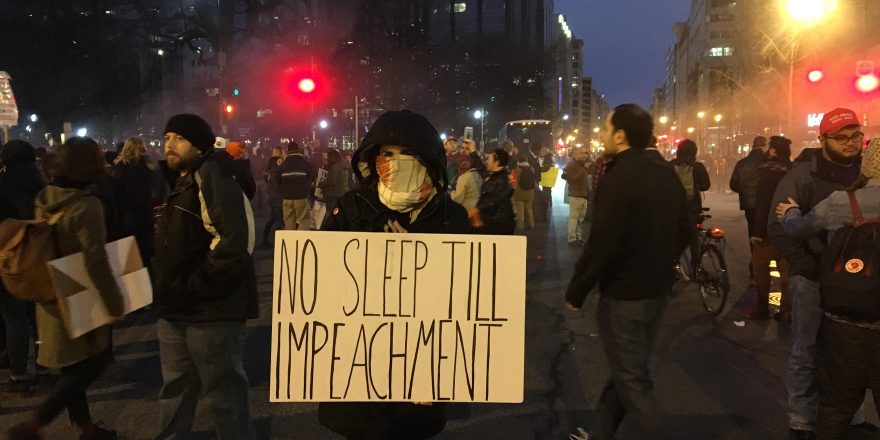I grew up in Puerto Rico in the late ’60s and early ’70s. It’s a beautiful island with a very distinct culture. But it has been partly coopted by American values because it’s a commonwealth, which basically means that we are in a colonial arrangement with the United States. Growing up, I could feel this clash. American commercialism was very palpable – disco music was huge and American fashion blended everywhere. McDonald’s and Wendy’s were right next to our Caribbean restaurants. They built a massive mall and called it Plaza de las Américas. The fact that it was “Americas” with an “s,” plural, always struck me as a discordant name. How many “Americas” were there and why were they all meeting up at this mall? It was confusing. We were Americans but we were also not. Sometimes you wanted to look like John Travolta walking down the boulevard, but then the ocean was right there, always near you, to remind you that you were most definitely tropical.
My family, to my delight, would go to the beach every weekend. My father (who loved the ocean probably more than anyone) and I created a reason to go there even more often. He sold auto parts for a living, and he got the people in his shop to cut down car window glass and make us a nice salt-water fish tank out of it. It was our pride and joy. We would go snorkel and catch fish and bring them home, sometimes three or four times a week. These are some of my most beloved memories. It felt natural and right to be in the gorgeous turquoise water with my father – away from the complicated mix of cultures.
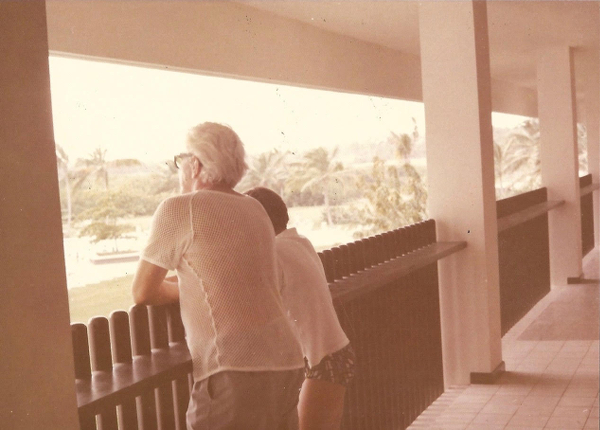
Being young and learning about two cultures at the same time, it was hard to understand what the actual politics of the island were. What did the word “commonwealth” really mean? What “wealth” did we have in “common” – and with who? We had a sense that Americans did not view us as real Americans, but we also knew in our gut that we belonged to the mainland in some definite way.
When I was old enough, I finally got it. Puerto Rico is stuck in an unfair situation and has very little power to change it. We are American citizens, but we don’t have electoral votes or representatives in Congress, so whatever the federal government tells us to do, we have to do it without any recourse. Referendum votes for independence do happen every few years, but they are never popular because we are economically dependent. Similarly, referendums on becoming the 51st state also happen, but they never go anywhere because we have no say in Congress. (If you want to know more, José Rivera, the wonderful playwright and screenwriter, wrote a beautiful article in the Los Angeles Times that explains why Puerto Rico has always been in limbo.)
Most Americans see Puerto Ricans as a different race, a subservient colony (4 out of 10 Americans don’t even know that Puerto Ricans are American citizens). This lack of education about who we are is the real reason why we’re not getting the help we desperately need right now, and it’s insidiously racist. When President Trump said, “They want everything to be done for them,” what he meant is that he saw us as a colonized culture, lazy and undeserving. He is perpetuating that lie. And his coming to Puerto Rico to lecture us that this natural disaster (our worst in a century) is costing him too much money is beyond insulting. It’s morally bankrupt and inhuman.
My aunt and uncle still live in the same house they did when I was growing up. Their place fortunately survived Hurricane Maria. But they don’t have power (like most on the island) and they’re sharing a generator with several neighbors. Fortunately, they have water and a good stock of medicine. But many are not as lucky. I’m very worried for Puerto Rico right now. If you’re reading this, I want to encourage you to please do what you can to help. There’s heartbreaking devastation. Roads are damaged. Banks are not working. Supermarkets have sold all their frozen foods. And supplies are running out fast.
If you can donate, please go to the Hispanic Federation, one of the best organizations to give to, as more than 90 percent of every dollar that you give will make it to Puerto Rico. Lin Manuel-Miranda has been really supportive of it and I think it could make a real difference. If you’re the kind of person that calls your Congressman or Senator, please tell them, “Puerto Ricans are American citizens and I want you to send federal funds there.” We all need to exert pressure on our government to help. Anything you can do will matter and is greatly appreciated.
There is a frog in Puerto Rico called Coquí that only lives there. It’s tiny and it makes a loud sound as night comes: “Co-kee! Co-kee!” It’s wonderful and it’s inherent to our beautiful island. As I try to imagine what nightfall must feel like there now, how difficult it must be to face the dark, I’m comforted to know that unique two-note song is there. I really hope you get to hear it someday.
Thank you,
Miguel Arteta



